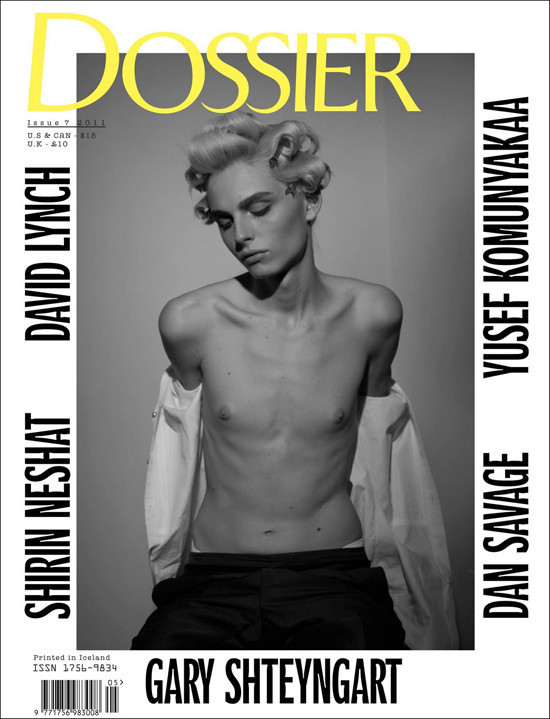Here’s a neat story that reminds us that beneath “mainstream” culture are rich, unique, and sometimes whimsical sub-cultures:
In 1946 a clown aficionado named Stan Bult began collecting the faces of clowns painted onto blown out chicken eggs. It became a U.K. tradition and, because it is considered a great breach of etiquette to steal another clown’s face, the eggs served as a sort of “registry.” The tradition crossed the pond in 1979 when Leon “Buttons” McBryde began a collection in the U.S. Linda, McBryde’s wife, paints the eggs herself (they use goose) and they’ve now collected over 700 unique clown faces.
Check out this example from the British collection.
Clown Eggs via Learn Something Every Day.
Lisa Wade, PhD is an Associate Professor at Tulane University. She is the author of American Hookup, a book about college sexual culture; a textbook about gender; and a forthcoming introductory text: Terrible Magnificent Sociology. You can follow her on Twitter and Instagram.





